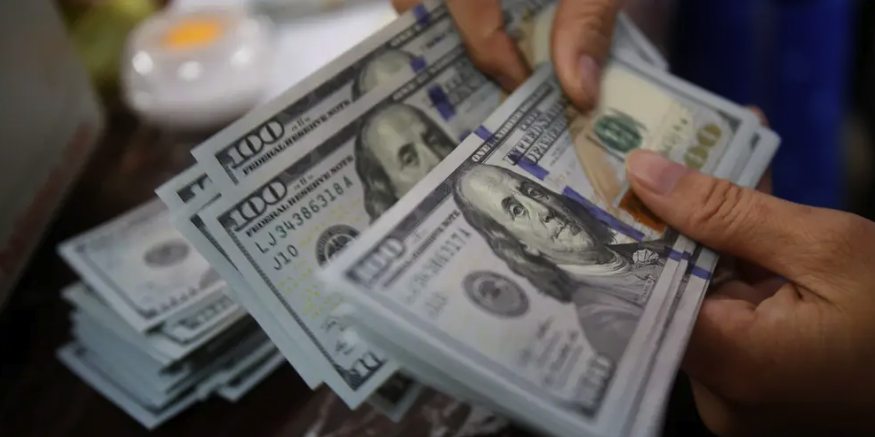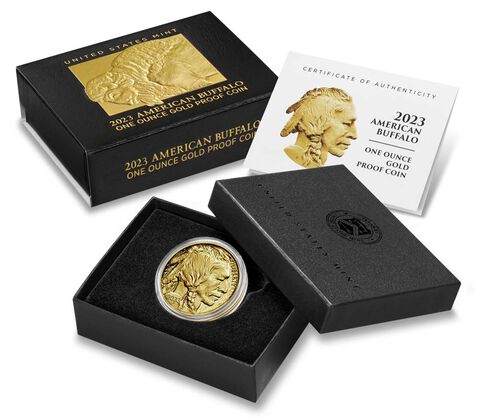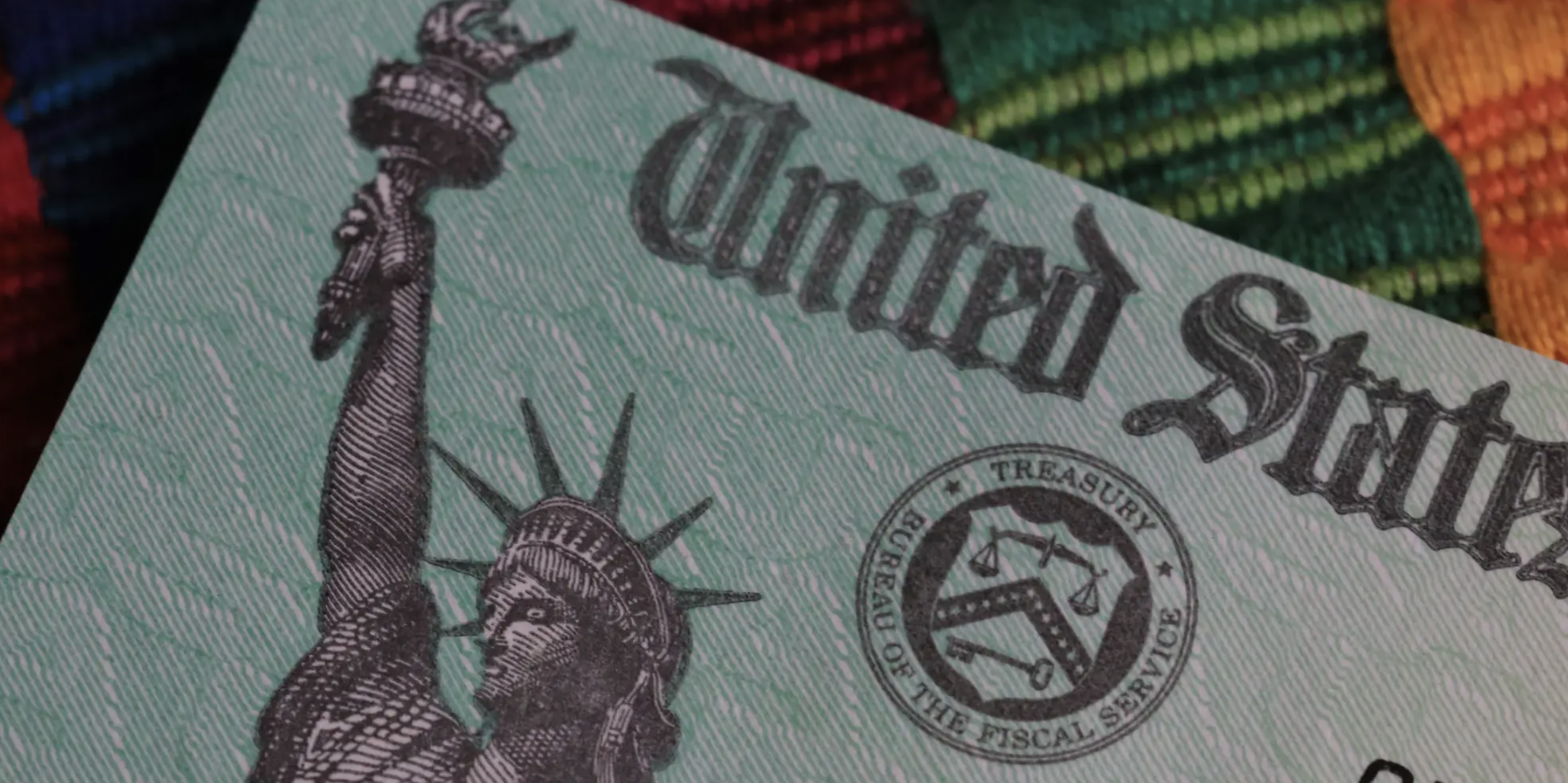Markets Insider: De-dollarization will be a vicious cycle as hyperinflation leads to higher rates that will further erode the greenback's power, think tank says

- De-dollarization could lead to a vicious cycle of economic destruction, according to an Australian economic think tank.
- That's because waning use of the dollar could bring on hyperinflation, researcher Michael Roach said.
- Hyperinflation could lead to higher interest rates, which will weigh on asset prices, according to Roach.
The use of the US dollar as a reserve currency is under threat — and the greenback is headed for a vicious cycle that will further erode its dominance, according to the Australian think tank the Lowy Institute.
That's because the declining use of the dollar could lead to hyperinflation, which would, in turn, lead to higher interest rates as central banks combat high prices. And those rate hikes will weigh on asset prices like stocks, researcher Michael Roach said in a recent op-ed for The Interpreter, a publication run by the think tank.
This outlook is furthered by speculation that BRICS nations could potentially launch a rival currency to the US dollar, backed by gold, Roach said, though such plans have been disputed. Nations like China, Russia, and Saudi Arabia have also started to shift away from use of the dollar in global trade, which could further weaken the dollar's dominance.
Meanwhile, the US Dollar Index, which weighs the greenback against a basket of other currencies, has declined 4% over the last year, signaling the dollar's decline in purchasing power. Interest rates in the economy are also at their highest level since 2001 as the Fed continues to monitor high inflation.
"The trend of de-dollarisation is occurring — but it is not something unique," Roach said, pointing to previous dominant currencies that were later replaced, like the British sterling. "There will inevitably be a shift in the world order, and it may well be the BRICS' time."
But some experts have disputed the de-dollarization trend, making the case that the phenomenon more based in fear than reality. Though use of the dollar in global transactions and central bank reserves has declined in recent years, the greenback still by far beats use of any other currency, economic data shows.
The dollar accounted for at least one side in 6.6 million transactions in April 2022, according to Bank of International Settlements data, meaning it has a role in 88% of all global trade. Meanwhile, dollar reserves accounted for 54% of all foreign exchange reserves in the fourth quarter of 2022, according to the International Monetary Fund.



